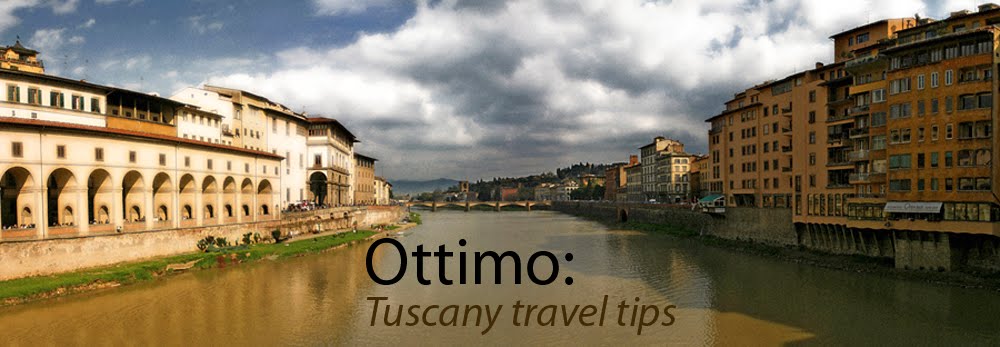By Pamela BirchardAfter working in U.S. restaurants for a little over five years, I've learned the etiquette of dining out, including what and when to ask for service, and how to leave an accurate tip. Coming to Italy threw me off guard. The range of Italian traditions and practices of dining out changes the way I am used to experiencing a meal.
First off, Italians aren't in a rush when eating. They want to enjoy every last bite. Lunch, or siesta, happens later in the afternoon and is the biggest and longest meal of the day. The traditional siesta was a way for Italian families to spend time together around their busy lives. The market is only open until 14:00 so the freshest bread, vegetables and pastas are purchased in the morning and prepared almost right away.

Around our usual dinner time is when Italians enjoy a snack, or
apertivo. Small dishes, maybe even nuts and chips, are provided with a cocktail. It is a social experience, to enjoy the end of daylight before the night begins. This is my favorite time of the day. It is casual and gives you something to hold you over before the real dinner menus are available.
When dining out, the ordering method varies depending on where you go. Locations for food vary from
caffeteria to
ristorante. A
caffeteria is my least favorite, mostly because everything is displayed in front of you and then reheated when ordered. A
trattoria is usually a family-owned restaurant, with a limited menu known for the specials of the day. You can order an appetizer, a meat dish and a dessert for around 10 euro.
A
pizzeria is known for, well it's pizza, which is usually prepared in a wood burning oven. Small pasta dishes are also available. A
ristorante is the highest quality of dining and includes a wide arrangement of dishes, from
antipasta, first and main courses, as well as pizzas. A typical antipasta is a salad or
bruschetta. First courses are usualy pasta dishes and main courses are usually speciality and meat dishes. Sometimes a first course alone is enough to fill you up.
The surroundings at
ristorantes are more sophisticated and offer a bigger wine selection. The smaller places mostly offer their house wine, not the best quality but at a great price. A half liter can cost only 6 euros!
A wine instructor said it's better to spend the couple extra euros on a better wine then continually get the house. A culinary student said most foreigners come to Italy and only get pizza and pasta, so don't be afraid to branch out.

Depending on which level of dining out you choose to experience, especially depending on where you choose to sit, the tip policy changes. Waiters won't bring you a check when they assume you're done, because, once again, Italians want to indulge and enjoy their meals.
TIPS:
When you are ready to leave, simply say "
il conto per favore" to ask for the check. Most places include the tip, or even a cover charge if you want to sit. It will say on the menu "
servizio incluso" or on the bill you will find a small charge labeled "
coverto" for cover charge. It is only necessary to leave a few coins on top of that, usually around 5 percent.
Never pay more that 4 euros for a coffee or
gelato if you aren't going to sit and enjoy. If you choose to sit and there is no cover charge, sometimes the higher price makes up for the atmosphere.















